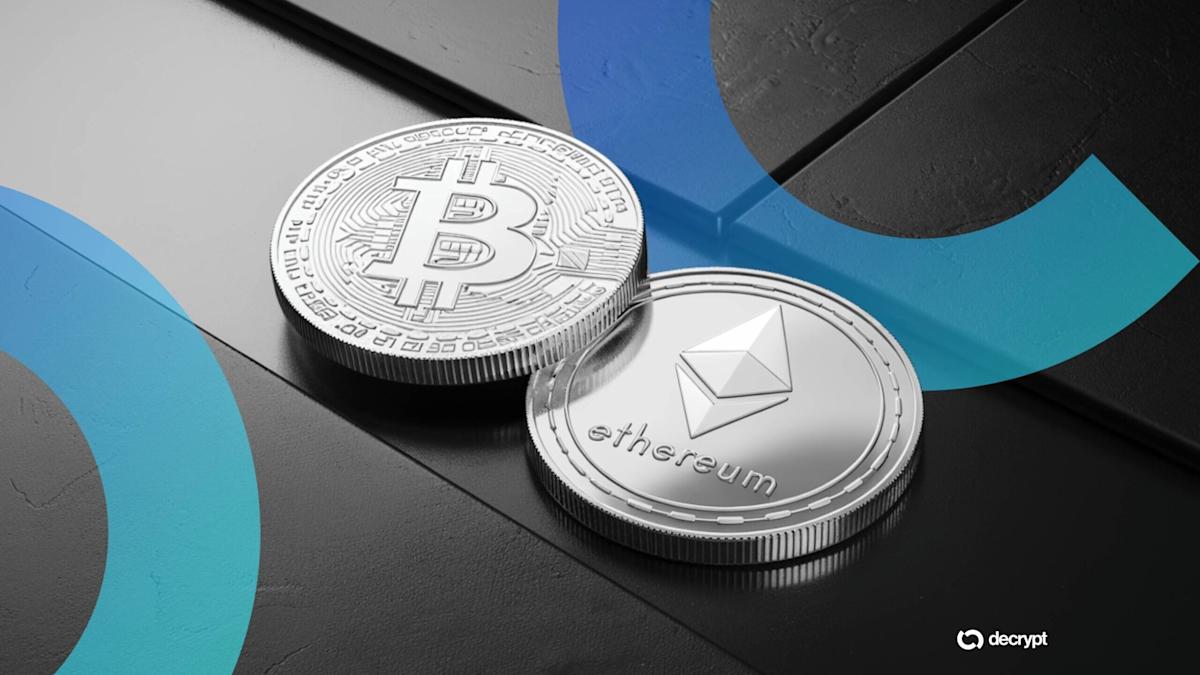Wall Street and Web3 veterans at Jiko explain how CFOs and treasurers operating in the digital asset space can best navigate fiat and digital currencies.
Fiat currency has been around for 800 years and has been the default currency for over 50 years. It has served us well and continues to do so.
Since 2008, cryptocurrency has proven itself to be a viable alternative with a multitude of use cases. Its potential is unlimited.
They both work. The problem is that they don’t always work well together. Switching between the two reveals structural issues for crypto institutions that cause delays and impose quantitative limits.
This situation is bound to deteriorate further as demand for crypto increases, which will happen as institutions exercise their new regulatory approval to hold digital assets.
Jikoa modern banking and instant settlement platform that straddles the fiat and crypto spheres, has found what could be the optimal path to secure, real-time settlement. The platform uses US Treasury bonds to ensure stability, security and liquidity. Assets are held in clients’ names, generate a return and are available 24/7, backed by an unleveraged bank, providing the ultimate protection against a 2008-style scenario.
5 key challenges
- Counterparty and balance sheet risk
- Return and opportunity cost
- Obstacles to compliance and regulation
- Operational friction
- Liquidity and capital efficiency
There is no single reason for excessive friction when trading between fiat and crypto. The relay is dropped at least five times in the relay.
While there are robust API standards for conversions in each of these two areas, this is not the case when converting between them. While there are fiat-to-crypto-and-back APIs, they don’t scale well. Until now, this hasn’t been necessary, but as more funds move into crypto, these interfaces will require major upgrades.
The technological problem turns into an economic problem. Due to inefficiencies, the cost per transaction can be high. The unfavorable fee structure erodes returns, making value exchanges between fiat and crypto accounts less desirable for investors.
Of course, traditional investors have other reasons to avoid the crypto world. The modern era of international foreign exchange dates back to 1880and 145 years is plenty of time to resolve kinks in onboarding and customer service processes. The challenge now lies in how banks evaluate and serve crypto institutions amid evolving risk frameworks, compliance expectations, and operational oversight that were never designed for digital asset businesses.
Many of the challenges stem from the growing difficulties of connecting a decentralized ecosystem with highly regulated financial institutions. Integration frictions, compliance verification, and counterparty risk controls all become more complex when funds flow between two systems governed by very different rules and timelines.
Ultimately, one of the biggest divergences between fiat and crypto currencies is balance sheet concentration risk. Since banks must manage capital ratios and withdrawal limits, they cannot always accommodate the high and sporadic volumes typical of crypto markets. The result is mutual exposure: liquidity stress for crypto participants and balance sheet volatility for their banking partners.
The solution
Jiko developed JikoNeta high-volume, 24-hour settlement network that facilitates U.S. dollar transactions in real time. By supporting these settlements through ultra-short-term U.S. Treasury bonds, JikoNet eliminates balance sheet exposure and reduces counterparty risk, while ensuring security and generating yield.
Expanding from this is JikoNet Cryptoa dedicated subnetwork for digital asset institutions that brings regulated banking and dollar settlements to the crypto industry.
Jiko’s most notable innovation is Jiko Pockets: digital wallets that combine the transactional ease of a bank account with automated, agent-led investments in Treasury bonds. Jiko Pockets allows institutional investors to keep their funds permanently invested, without counterparty risk and instantly accessible.
“What we have built with JikoNet is a fundamentally more secure foundation for real-time money movements,” said Stéphane Lintner, CEO of Jiko. “Each transaction is backed by direct ownership of U.S. Treasuries, aligning liquidity, security and yield without compromise. For the first time, institutions can move dollars 24 hours a day with complete confidence in their value.”
When a trade is initiated, the sender’s treasury bills are liquidated at the Jiko trading desk and the proceeds are transferred to the sender’s account with Jiko Bank. The bank then records a ledger transfer between the sender’s Pocket and that of the recipient. Eventually, the funds arrive in the receiver’s Jiko Bank account and the money is transferred to the receiver’s brokerage account, where it is immediately invested in treasury bills. This means that funds never remain idle or unprotected. Each transfer is converted instantly between cash and treasury bills, preserving yield while eliminating exposure to middlemen.
Direct and immediate benefits
There is no reason why fiat and crypto instruments should not work together, even if that is not the case historically.
JikoNet Crypto demonstrates that an innovative project can bridge the gap between these two spaces. Crypto teams that want their assets to be widely held will adapt to regulatory expectations, and in doing so, they will become safer investments for funds and other institutions. As the ownership pool expands, liquidity will inevitably deepen.
As technological advancements make integration easier, the costs of trading between fiat and crypto are likely to decline, mirroring trends in the traditional brokerage world. (Some people reading this are old enough to remember a flat $7 fee for a standard stock trade; others are young enough to wonder why anyone would pay a fee for that.) As these costs come down, investors would enjoy higher net returns.
Although onboarding and customer service remain growing pain points for the crypto industry, perhaps closer alignment with long-standing financial institutions will provide guidance.
“Jiko combines the trust of the traditional financial system with the agility of modern technology,” says Breanne Madigan, Head of Digital Assets at Jiko. “Our leadership experience at Goldman Sachs and other leading institutions ensures institutional rigor, while our technology team meets the demand for speed and innovation in digital markets. The result is what investors have been asking for: secure, yield-generating, regulated, and available 24/7 for fiat-to-crypto liquidity.”
The way forward
Jiko isn’t entirely focused on crypto, and that’s one reason why crypto companies could benefit from partnering with it. Lintner has assembled a team from both Wall Street and fintech to bring these benefits to traditional corporate treasury operations. This is exactly the kind of maturation that the most incisive crypto executives are looking for.
Although corporate treasurers are much more risk-averse than crypto-DAOs, they do not always act in their own stated interest. Earlier this year, Jiko commissioned a survey on corporate treasury confidence, which found that while Treasuries are considered the “risk-free” benchmark, businesses have not taken full advantage of itciting operational complexity.
If Jiko removes this barrier, doesn’t it make sense for crypto teams to take advantage of this to get ahead of their risk management efforts compared to traditional companies?
For more information about JikoNet Crypto or to request a demo, visit jiko.com/jikonet-crypto.










